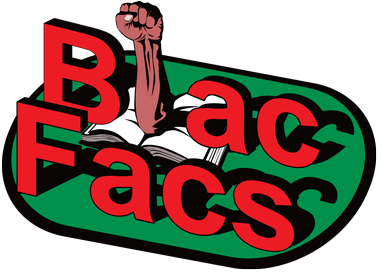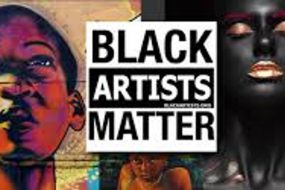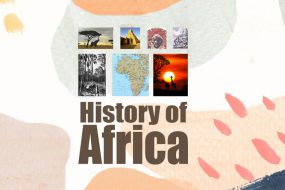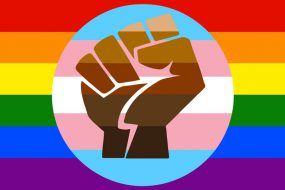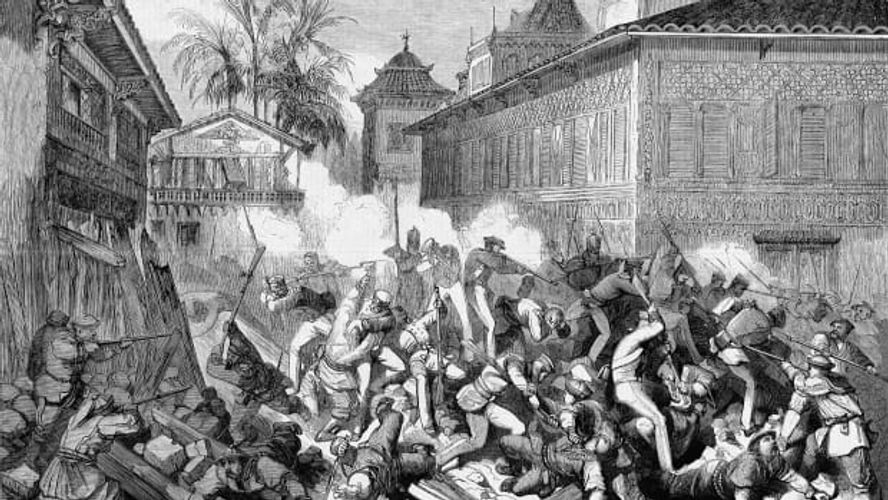
What was the popular name of the insurrection that took place in 1811 near New Orleans and is also still considered the largest and most sophisticated revolt in U.S. history with nearly 500 enslaved rebels?
The German Coast Rebellion
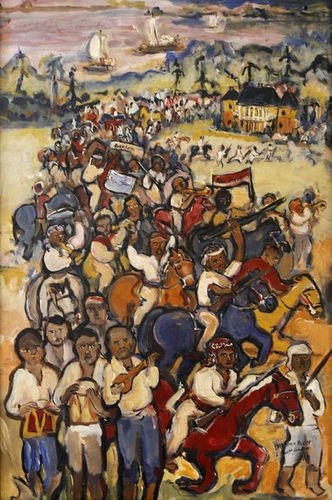
The German Coast Rebellion was started just north of New Orleans in the German Coast area of Louisiana by Charles Deslondes, a mulatto slave driver who was influenced by the Haitian revolution. Ultimately, over 100 rebels were caught and executed. Their heads were severed and placed along the road as a warning to others. Although the Stono Rebellion was the largest slave revolt in the colonies, the German Coast Rebellion proved to be the largest in U.S. history.
Who wrote the first thorough analysis of slave revolts in the U.S?
Herbert Aptheker
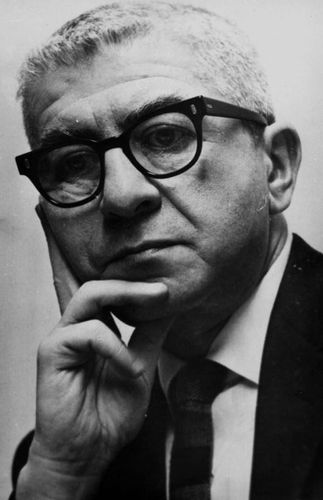
In 1943, Herbert Aptheker, an White historian, wrote the first highly researched book on slave revolts in the United States, "American Negro Slave Revolts", now a classic in the field.
What is the name of the 2016 film that depicts the insurrection led by Nat Turner?
"The Birth of a Nation"

The Birth of a Nation" by Nate Parker (not to be confused with the 1915 racist film by D.W. Griffith, "Birth of a Nation") is based on the story of Nat Turner, the enslaved man who led a slave rebellion in "Southampton County, Virginia in 1831.
What was the occupation of Nathanial “Nat” Turner, the leader of the bloodiest American slave revolt?
Preacher
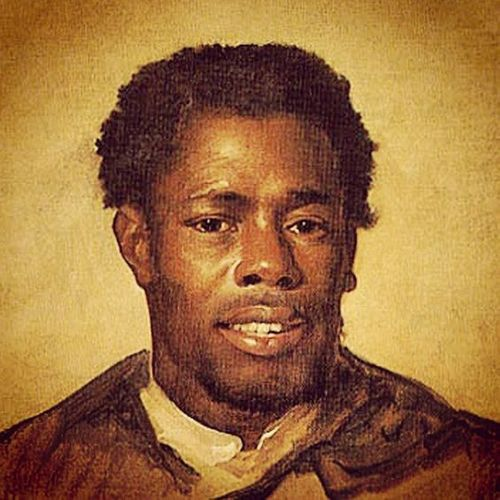
Nat Turner was a preacher who made history as the leader of the Southhampton slave revolt on August 21, 1831. He was later caught and hanged, but not before killing over fifty whites. Some 55 of his men were also put to death as punishment for their roles.
Enslaved people resisted slavery in both active and passive ways. Which of the following ways is NOT a passive method of resistance?
Poisoning the master
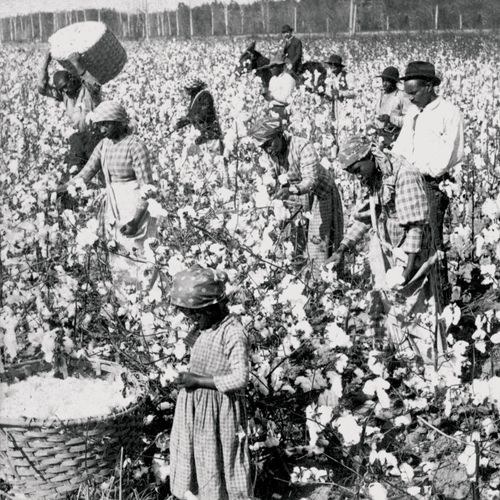
Breaking tools, faking illness and staging slowdowns are all examples of passive resistance that those enslaved engaged in almost daily. Poisoning the master is a very active form of resistance that could earn the one who poisons him a death sentence.
For what reasons was there never a successful revolt of enslaved Africans in the U.S.?
All of the responses
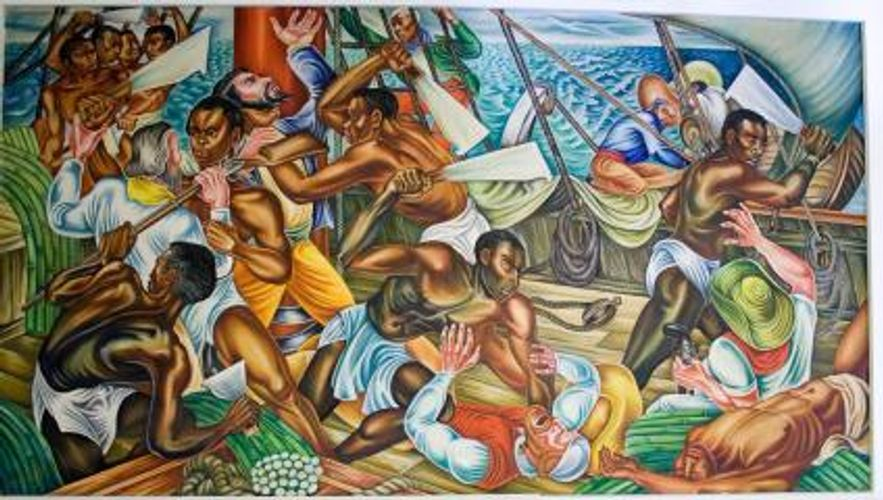
Except for the Haitian Revolution there are no known successful revolutions staged in the New World because often revolts were 1. betrayed by other enslaved men or women; 2. the rebels generally had no guns, but only clubs and stones while 3. The Whites often had the army on their side with high powered guns for the period. Because Haitians did not have gun power, they mastered martial arts involving fencing, sticks and machetes prior to the revolt which enabled them to be victorious.
Which of the following was NOT a familiar form of resistance of enslaved women?
Killing themselves
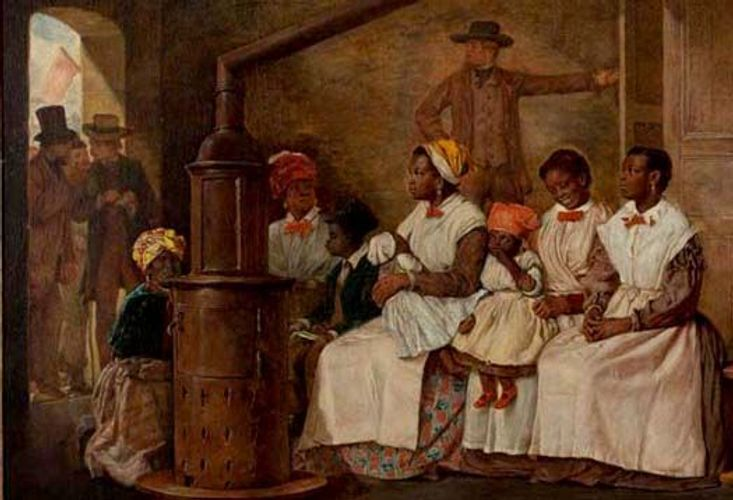
The rate of suicide among enslaved women was extremely low, especially given the suffering they endured, but there are many instances where women killed their masters, their master’s children and their own children. One South Carolina slave woman was burned at the stake in 1769 for poisoning her master. Margaret Garner, an escaped Kentucky woman, killed her daughter in 1856 when she was caught (Toni Morrison based her novel Beloved on this case). In 1848 a female slave cook belonging to Joseph Parks was “sent away at once” after being accused of intentionally poisoning a white child.
How many slave rebellions does Herbert Apthaker, noted historian, say he has discovered?
250

Herbert Apthaker, in his groundbreaking work, "American Negro Slave Revolts", says he has “found records of approximately two hundred and fifty revolts and conspiracies in the history of American slavery.”
What was the largest slave revolt occurring in the original thirteen colonies?
Stono

Starting at the Stono River, the Stono Rebellion, in 1739, was the largest slave revolt in the thirteen colonies, with over 100 enslaved African taking part. They were subdued after one week of battling.
What was the name of the system of secret routes and safe houses that enabled many enslaved southerners to escape to freedom and to the north?
The Underground Railroad
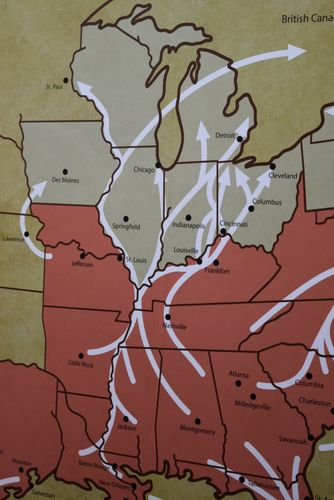
The Underground Railroad operated in the U.S. during the early to mid 1800s and, with the help of abolitionists and other sympathizers, it enabled many who were enslaved to escape to free states and to Canada. Running away from slavery was a dangerous form of resistance, especially if an escapee was caught.
Beginning in the 17th century, many southern enslaved people resisted slavery by fleeing plantations and joining what Florida Indian (Native American) tribe?
Seminoles
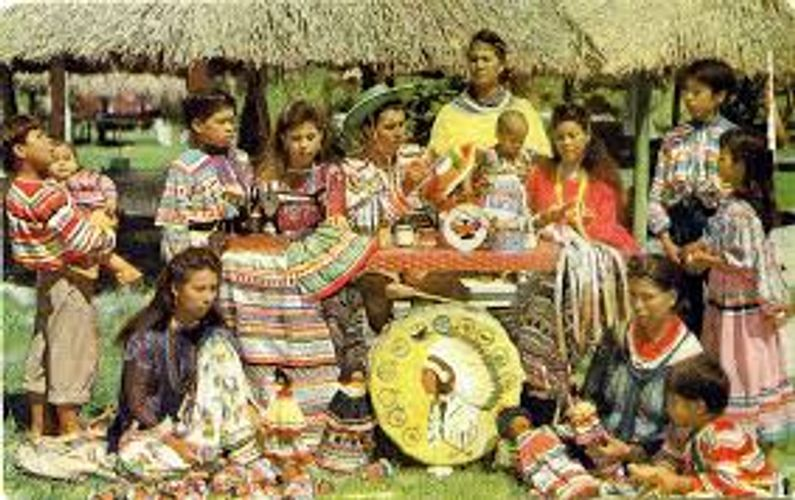
In the late 1690s, the Seminoles in Florida were a new tribe composed of Creek and Moscogee Indians who were resisting the destruction of their people by European violence and disease. The Seminoles welcomed resisting enslaved Africans who fled from the southern American colonies. They called them Maroons (from the word Spanish word “Cimmaron” meaning runaway or wild-one); they were also known as Black Seminoles.
Who was the Black woman abolitionist who was born in slavery, emancipated by New York state law in 1827, and became involved in the anti-slavery and women's rights movements?
Sojourner Truth
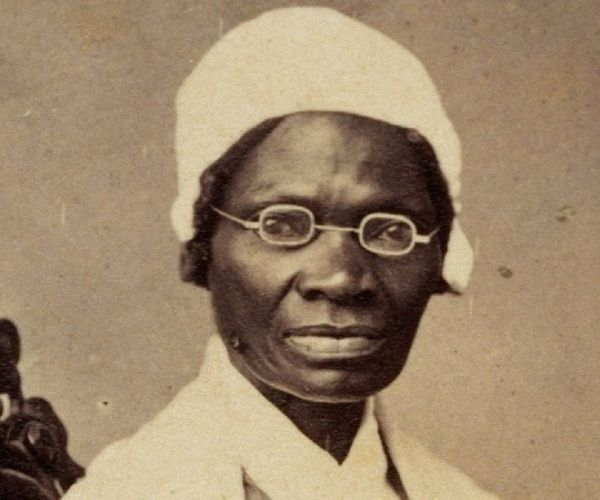
Sojourner Truth was born into slavery in 1797 as Isabella Baumfree, but was emancipated by New York state law. She adopted the name of Sojourner Truth and spent the rest of her life speaking against slavery and for the rights of women. She is best known for her speech, "Ain’t I a Woman".
Who was the leader whose rebellion resulted in his execution followed by a barbaric handling of his body whereas it was skinned and parts were as souvenirs?
Nat Turner
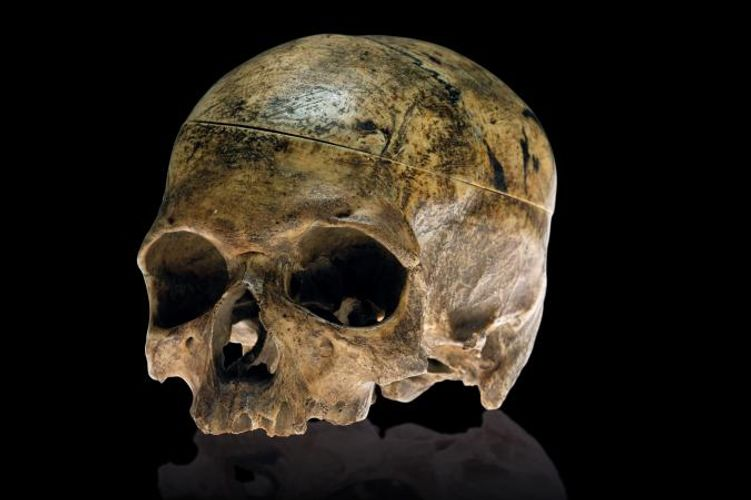
Nat Turner was the leader of the 1831 insurrection at Southampton County, Virginia which saw 70 enslaved and free men killing a number of whites and evading authorities for over a month. When he finally caught, Nat Turner was made an example of with a public hanging and the barbaric treatment of his remains.
Who was the heroic woman who demonstrated resistance by escaping slavery and then returning many times to free over 70 enslaved men, women and children?
Harriet Tubman

Harriet Tubman made some 30 trips south after she had escaped slavery in Maryland. She was considered the Conductor of the Underground Railroad for the many successful trips she made. In 2019 a popular film about her life was made and distributed.
Who was the internationally known abolitionist and orator who escaped slavery himself, then went on speaking campaigns against slavery?
Frederick Douglass
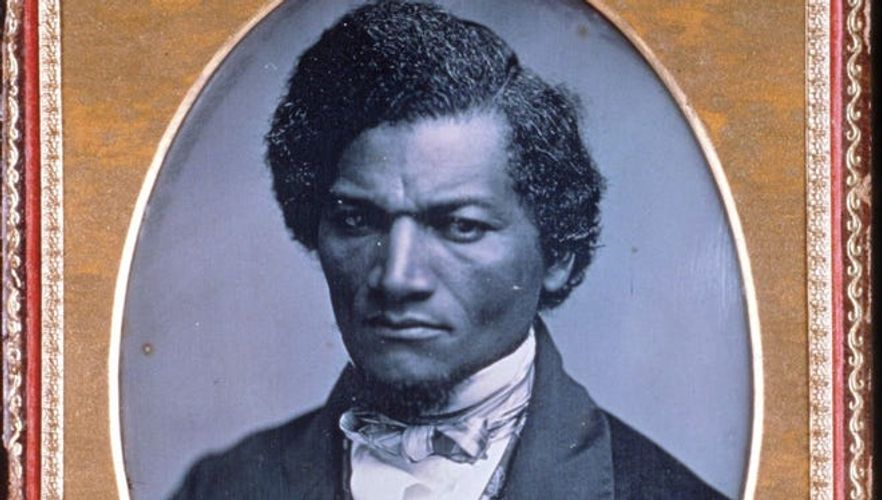
Frederick Douglass escaped slavery in Maryland and became a national leader of the abolitionist movement in Massachusetts and New York. He wrote several autobiographies which detailed his experiences in slavery and which served as a powerful resistance to the institution of slavery.
Which of the following slave insurrections was NOT influenced by the successful Haitian Revolution of 1791-1804?
Stono Rebellion
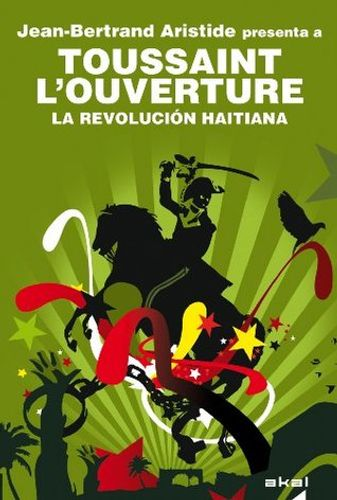
Only the Stono Rebellion (1739) was NOT influenced by the Haitian Revolution because it was waged before 1791, the start of the Haitian Revolution. All leaders of revolts after the Haitain revolution started had heard about the Haitian leader, Toussaint L’Overture, and were inspired by him. Nat Turner, 1831; Denmark Vessey, 1822; and Gabriel Prosser, 1800.
What was the integrated insurrection of 1741 that was revealed to authorities by a white indentured servant and resulted in thirty black men, two white men and two white women being executed and a number of enslaved exiled to far-away places?
The New York Conspiracy
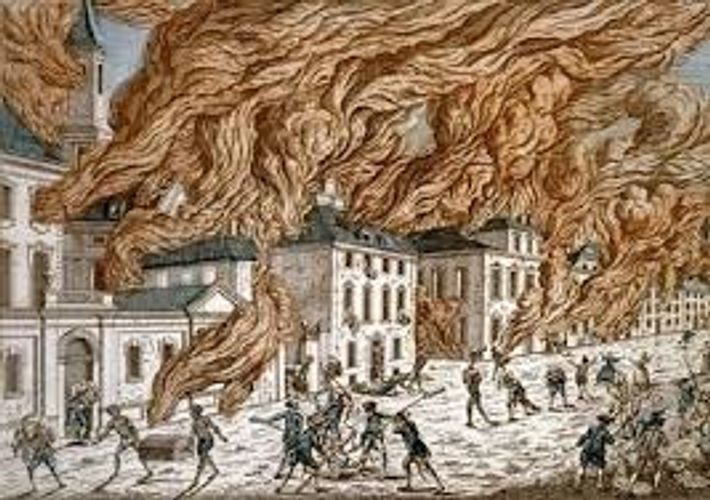
When in 1741, Fort George in New York burned to the ground and fires erupted throughout the city, in New Jersey and on Long Island, several whites claimed they heard slaves plotting about revolting. When a 16 year old indentured servant, arrested for theft, attested to the conspiracy, several white and black, male and female suspects were rounded up and severely punished.
Who was the White staunch abolitionist who worked with the Underground Railroad and initiated a slave insurrection in 1859?
John Brown
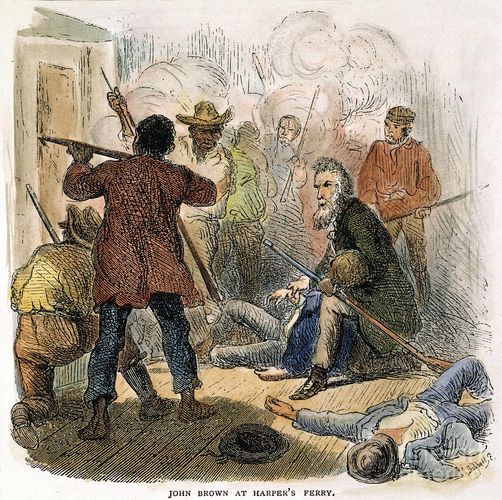
Abolitionist John Brown led a party of 21 White men on a raid to release dozens of enslaved men at the federal armory of Harpers Ferry in Virginia with hopes of starting a slave insurrection. He was ultimately defeated by the U.S. military during which many of his men were killed, including two of his sons. He was later tried and sentenced to death.
What was the very first major conspiracy for a rebellion of enslaved Africans in the Colonies?
Gloucester County Conspiracy
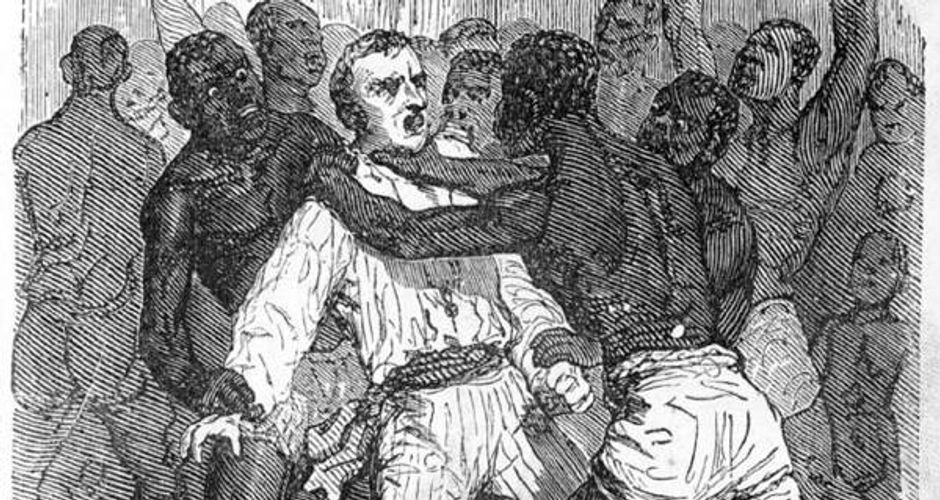
In September, 1663, the first slave rebellion was recorded at Gloucester County, Virginia when enslaved Black and indentured Whites rose up against White masters. They were ultimately caught when their actions were betrayed to authorities. Many of the plotters were beheaded.
Who was the six-foot tall Blacksmith who, in 1800, with his brother, Solomon, and friend, Ditcher, planned a rebellion with other enslaved Africans against white plantation owners?
Gabriel Prosser
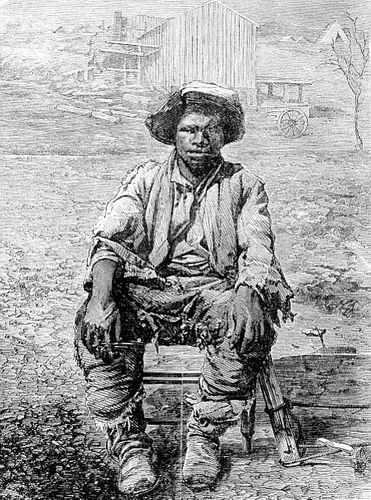
In 1800, Gabriel Prosser planned a large revolt in Richmond Virginia with other enslaved Africans; however, a storm came and delayed the revolt and the revolt was subsequently leaked. Prosser and 25 followers were captured and later hanged as punishment.
Who was the literate carpenter who purchased his own freedom and in 1822 planned and organized an uprising in Charleston S.C. which some say involved as many as 9,000 enslaved southerners?
Denmark Vesey
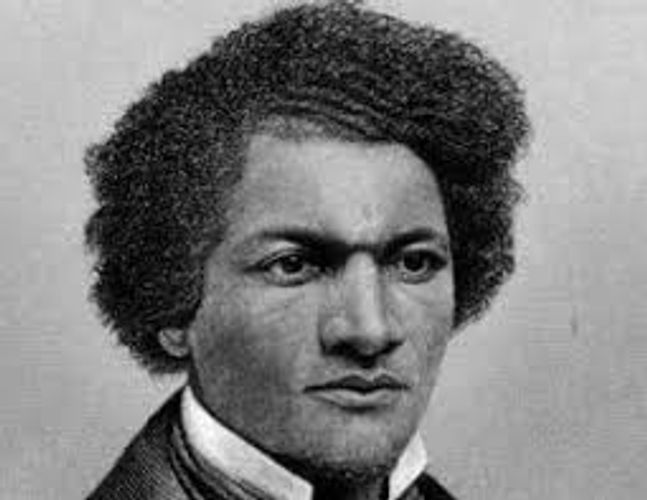
Denmark Vesey, influenced by the Haitian revolution, orchestrated a major revolt in 1822 in Charleston. A housemaid revealed the plot to the authorities and Vesey, along with 30 of his followers, was caught, convicted and executed.
What was the African instrument that was banned because it could communicate and orchestrate revolts and other forms of resistance?
Drum
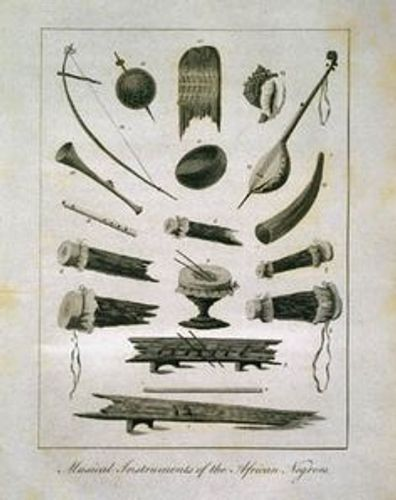
Drums were banned because they were traditionally used by enslaved men to communicate over long distances in a code unknown to plantation owners.
An important tool of resistance were newspapers written and published by Free Blacks. One of the most read newspapers was written by Fredrick Douglass. What was it called?
"The North Star"
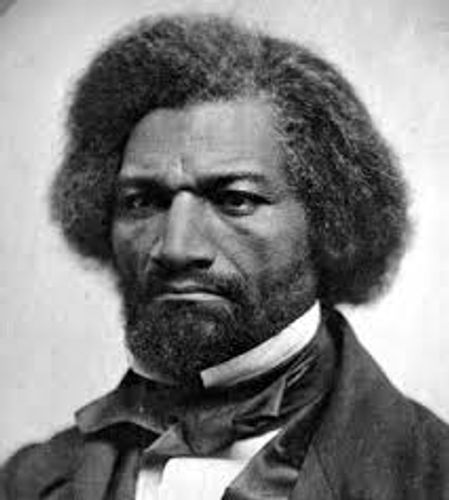
"The North Star", published from 1847-1851, was an anti-slavery newspaper published in Rochester, New York by abolitionist Frederick Douglass.
During the early 1800s, enslaved Blacks escaped to Florida and along with Native Americans established a thriving settlement which was later destroyed and hundreds of people killed. Who were the culprits in this destruction?
The United States

On a portion of the Spanish territory of Florida near the Apalachicola River, a community of escaped slaves and Native Americans developed Fort Negro with the help of the British. Because it was heavily armed, the U.S. government and other southern states feared an uprising to free southern slaves would soon take place and in 1816 the U.S. government destroyed the settlement, killing over 200 of the 1000 inhabitants.
What famed rebellion took place in 1839 on a slave ship near the coast of Cuba?
The Amistad Mutiny
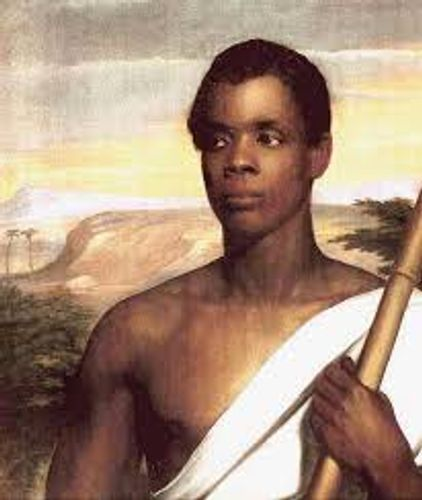
On July 2, 1839, 53 enslaved Africans led by Joseph Cinque overpowered the Spanish slave ship, Amistad, as it sailed from Havana to Puerto Príncipe, Cuba. They killed the captain and cook and forced the navigator to take them to Sierra Leone, but instead he sailed them to New York where they were captured by the U.S. Navy. Important political and legal policies grew out of this rebellion.
Related Posts
Free
African Past
Free
LGBTQ Achievers
Login
Upgrade your Membership
This Quizz Only For Paid Members
Upgrade Your Account First
